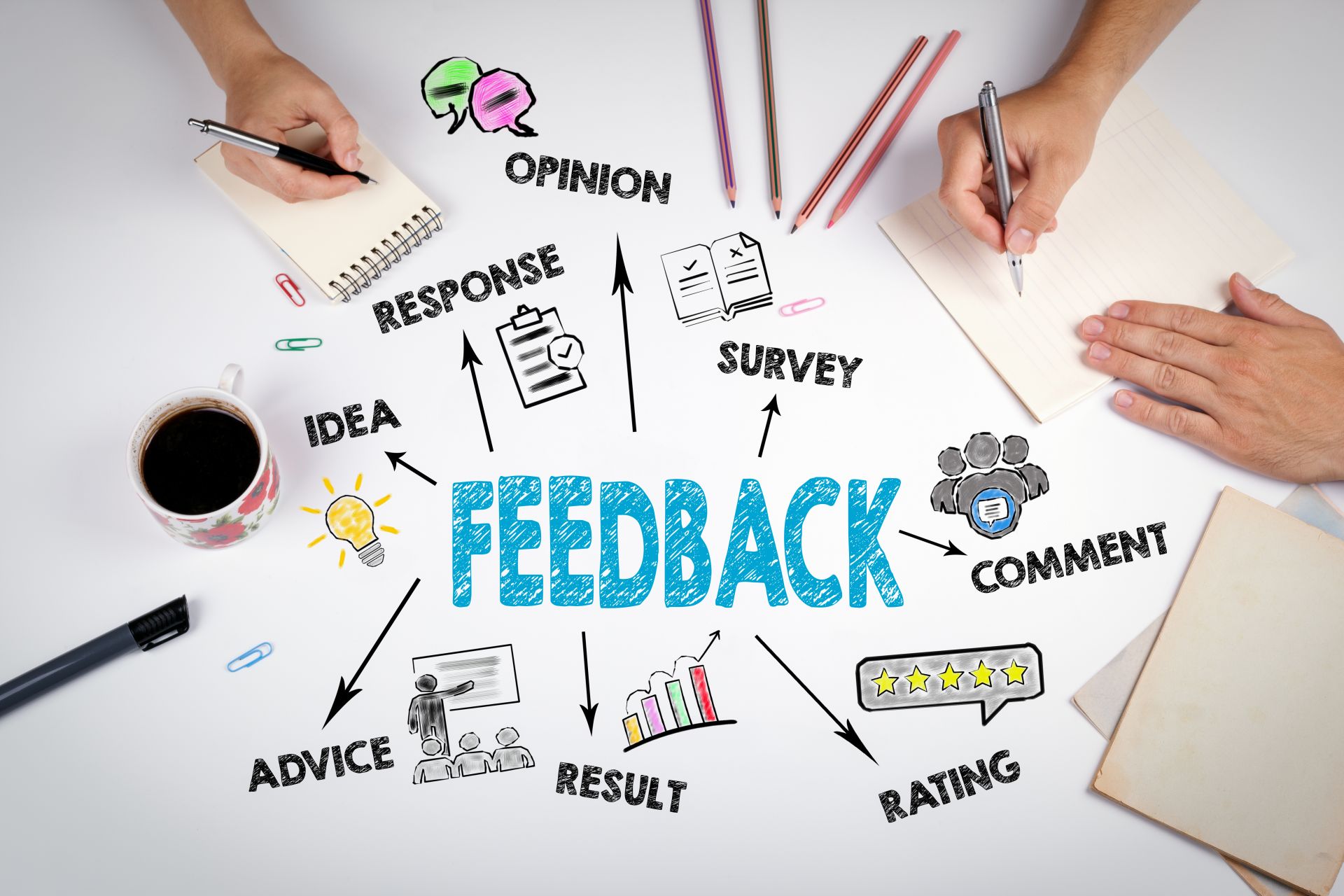
Helen Bryant
Why Managers Need to get better at Digital Communication to lead in Hybrid
As hybrid sweeps the workplace, many teams are working out new ways of working. Everyone is trying to master new to make it work. For managers, this creates a new set of pressures as they work at translating broad organisational policy into a practical and fair way of working within their team. It’s tough when you feel everyone expects you to know the answers.
Too much time is being spent in meetings.
A common way of working in a hybrid is translating the way we would work when we are all co-located into the way we work when we are partially or wholly remote, particularly reliance on online meetings and more use of email. The result can be meeting overload, whether in the office or working remotely and overflowing email inboxes.
The missing link for many managers and leaders is leveraging asynchronous ways of communicating and collaborating alongside the common synchronous ways we are used to.
Synchronous communication takes place in real-time; you're all working together simultaneously. All of your time is taken up, whether it's on Zoom or in a meeting room together. These meetings are an essential part of the collaboration and are brilliant for team building, problem-solving, decision-making, and individual, more personal conversations
The missing link for many managers and leaders is leveraging asynchronous ways of communicating and collaborating alongside the common synchronous ways we are used to.
Synchronous communication takes place in real-time; you're all working together simultaneously. All of your time is taken up, whether it's on Zoom or in a meeting room together. These meetings are an essential part of the collaboration and are brilliant for team building, problem-solving, decision-making, and individual, more personal conversations
What is asynchronous communication?
Asynchronous communication and collaboration are when you don't all need to be doing it simultaneously, but you can still get the same, if not better, results. Asynchronous meetings are topic-specific discussions that take place just like you would have in a meeting but over a period of time. Digital tools enable them like Teams or Slack, or maybe a project management tool like Asana, Trello or MS project.
One of the main benefits of asynchronous working is that it saves everyone time because when people are working on slightly different work schedules, it means the work still gets done, but it gets done when everyone has the time to do it. It isn't about anchoring everybody at the same time.
It’s a helpful way of working if you are in multi-time zones or have a dispersed team or have much flexibility in your group; ultimately, it gives people time to do their work when they're doing their work. But it is also a good way of working if you are co-located as it will still allow individuals freedom and flexibility to get the job done.
They're also helpful because asynchronous communication can be more inclusive and give people more time to think. In a meeting, the agenda can get very pressured, there might be a topic that needs to be explored, but everyone’s aware that they are running out of time and need to get onto that next meeting. It can also be dominated by the louder voices or ‘usual suspects’ within your group. Many introverts or more reflective people hold back to listen to everyone else. Those voices can get missed.
Another benefit of asynchronous meetings is that you record what was said. It's a very transparent way of collaborating and can play a significant part in helping you solve problems and be a valuable moment of collaboration. No more long email chains, fragmenting as different people copy in more people, some replying all, others just responding to the sender. Email is a weak and opaque collaboration tool.
Asynchronous communication is not brilliant if you want to get an immediate response. Therefore, you need to be much more intentional and think about and plan out and design these digital conversations, focusing on the outcomes you want to achieve. However, when you blend these asynchronous ‘meetings’ or topic discussions with synchronous meetings in a workflow as you collaborate, you can make work move along both quickly and get better solutions.
Old habits run deep – Too many default to face to face and email.
As I work with managers and leaders, I often find lower awareness of asynchronous collaboration and communication potential. People are caught in habits and routines that default to synchronous working and email as the tool to communicate outside the meeting and do not differentiate between work that needs to be synchronous and that which could be done asynchronously.
There is sometimes also a lack of confidence in using the tools like MS Teams and Slack to their full potential. The Video conferencing tools have been primarily mastered but organising work in Teams or Slack for better ways of collaborating or linking in apps that can make it even easier to work together is often missing.
Managers of projects and teams are responsible for creating clarity of what needs to get done and the framework for how that work gets done. The more they default to face-to-face, whether online or in a meeting room, the more those around them will think that is how they should be collaborating.

Three meeting activities that work well asynchronously
What are the three async meetings that you could do easily that would save you time and would be relatively easy to put in place?
The first is an update. I've been there when we're in a meeting and going around the room. Everybody's giving an update on a particular project or where they are on delivering their results. Everybody's there for their bit, ‘their show’, when it's their turn to update and when everybody else is talking, it’s easy to fade into the background. If you're on a Zoom call, that's the point when you might be looking at your phone or doing a few emails on the side. All too often, updates don't deliver collaboration. It's just noise going around the group.
The goal of an update goes beyond telling each other where you are up to on a given project. Updates are about helping everyone identify things that are working and that you might want to do more of and learn from. The second thing it helps you do is spot issues. But this activity is often hidden in ‘the show’ and is not an explicit task. A way to do a successful asynchronous update would be to set the topic up in Teams or Slack and provide a template that everyone uses to update within a given timeframe. Then actively pull out, either on the template or in the chat, the issues and the strengths and opportunities people see? As the meeting leader, you can look at this and identify common themes. Then when you come to face to face meeting, you start at that point and then suddenly, the energy in the discussion, whether it be online or in a room, is all about solving that problem or learning from each other, a new way of doing something or an insight, and then working out how to leverage it.
It's a much more action-orientated discussion than the more passive where are we all? It can save time if you start there and increase the team's engagement in problem-solving. This works for most updates, for example, project updates, stand-ups, and check-ins.
One concern people often share with me is that they feel they get a sense of accountability from an update. Still, accountability can also lay in the transparency of your digital discussion. If you follow it up into a more high-value conversation, you maintain that engagement and retain the accountability that people feel. That alone will not deliver accountability within your team, but I think it can help you.
The first is an update. I've been there when we're in a meeting and going around the room. Everybody's giving an update on a particular project or where they are on delivering their results. Everybody's there for their bit, ‘their show’, when it's their turn to update and when everybody else is talking, it’s easy to fade into the background. If you're on a Zoom call, that's the point when you might be looking at your phone or doing a few emails on the side. All too often, updates don't deliver collaboration. It's just noise going around the group.
The goal of an update goes beyond telling each other where you are up to on a given project. Updates are about helping everyone identify things that are working and that you might want to do more of and learn from. The second thing it helps you do is spot issues. But this activity is often hidden in ‘the show’ and is not an explicit task. A way to do a successful asynchronous update would be to set the topic up in Teams or Slack and provide a template that everyone uses to update within a given timeframe. Then actively pull out, either on the template or in the chat, the issues and the strengths and opportunities people see? As the meeting leader, you can look at this and identify common themes. Then when you come to face to face meeting, you start at that point and then suddenly, the energy in the discussion, whether it be online or in a room, is all about solving that problem or learning from each other, a new way of doing something or an insight, and then working out how to leverage it.
It's a much more action-orientated discussion than the more passive where are we all? It can save time if you start there and increase the team's engagement in problem-solving. This works for most updates, for example, project updates, stand-ups, and check-ins.
One concern people often share with me is that they feel they get a sense of accountability from an update. Still, accountability can also lay in the transparency of your digital discussion. If you follow it up into a more high-value conversation, you maintain that engagement and retain the accountability that people feel. That alone will not deliver accountability within your team, but I think it can help you.

The second async meeting that can make a difference is any top-down presentation or where there are only one or two presenters.
Again, we've all sat there. We've gone into a meeting, somebody gets up the PowerPoint that goes on, and that person then talks for 30 odd minutes and at the end says 'any questions?' And there are one or two questions. And with that, everybody leaves again.
The asynchronous way is for the meeting owner, the person presenting, to record their presentation. It’s easy to do a screen record using your presentation in Zoom or Teams or even record yourself on your phone. You then share the recording in Teams or Slack. Think of some questions that you would want to ask, or provide an opportunity for people to ask questions about which you can answer in the chat. It saves people time. You're still presenting. They still see you. They still hear the tone of your voice and your enthusiasm for the topic, but it means that they can all listen to it or watch it in their own time. Engage with people who comment and use the likes and emoji buttons to encourage more digital conversation.
I usually hear the concern with this approach: "how will I know they watch it?" There's a lack of trust. This always makes me smile because quite often, when they're virtual, we can pretty much be assured that people are already doing their email at the same time. They may have been there within the virtual meeting room but were they listening? There are much more effective ways to assess understanding of your presentation than just presenteeism.
You can do this quite regularly because the diary does not pressure you. Back in the day, when I was a leader with a large and dispersed team, if we'd had this technology, I would have used this frequently to share updates or messages and progress without necessarily bringing everybody in for an hour-long session or writing long emails.
The asynchronous way is for the meeting owner, the person presenting, to record their presentation. It’s easy to do a screen record using your presentation in Zoom or Teams or even record yourself on your phone. You then share the recording in Teams or Slack. Think of some questions that you would want to ask, or provide an opportunity for people to ask questions about which you can answer in the chat. It saves people time. You're still presenting. They still see you. They still hear the tone of your voice and your enthusiasm for the topic, but it means that they can all listen to it or watch it in their own time. Engage with people who comment and use the likes and emoji buttons to encourage more digital conversation.
I usually hear the concern with this approach: "how will I know they watch it?" There's a lack of trust. This always makes me smile because quite often, when they're virtual, we can pretty much be assured that people are already doing their email at the same time. They may have been there within the virtual meeting room but were they listening? There are much more effective ways to assess understanding of your presentation than just presenteeism.
You can do this quite regularly because the diary does not pressure you. Back in the day, when I was a leader with a large and dispersed team, if we'd had this technology, I would have used this frequently to share updates or messages and progress without necessarily bringing everybody in for an hour-long session or writing long emails.

A third asynchronous communication to encourage is feedback.
This might be feedback on a project. It might be feedback on how you're working together. It might be feedback on a meeting. The more we can incorporate feedback into all aspects of our work, the more you will create a learning culture within your organisation and the faster the input gets shared.
Asynchronous communication is a great way of soliciting feedback because it doesn't put people under pressure. You can do open or anonymous feedback. You can use Google forms or Microsoft forms so that people can give feedback; you can integrate it into the team channel chat. You can use polls so you can score and monitor progress. They are great ways of finding out how you are doing? What are you doing well? What could we do better? And doing that asynchronously, especially if your team is spread out and you're not together often, can be a very effective way of raising and maintaining feedback over time.
These are three ways to develop asynchronous communication that will improve teamwork, save your team time and support transparency in your collaboration. You will significantly change the habit of relying on face-to-face meetings and email to communicate.
I would recommend trying any of these out or starting a digital conversation with your team on this topic and seeing what ideas they have. Let me know your favourite form of async communication, and why it works so well for your team, I’d love to know.
Asynchronous communication is a great way of soliciting feedback because it doesn't put people under pressure. You can do open or anonymous feedback. You can use Google forms or Microsoft forms so that people can give feedback; you can integrate it into the team channel chat. You can use polls so you can score and monitor progress. They are great ways of finding out how you are doing? What are you doing well? What could we do better? And doing that asynchronously, especially if your team is spread out and you're not together often, can be a very effective way of raising and maintaining feedback over time.
These are three ways to develop asynchronous communication that will improve teamwork, save your team time and support transparency in your collaboration. You will significantly change the habit of relying on face-to-face meetings and email to communicate.
I would recommend trying any of these out or starting a digital conversation with your team on this topic and seeing what ideas they have. Let me know your favourite form of async communication, and why it works so well for your team, I’d love to know.
This article first appeared on LinkedIn.
Drag to resize
Hi There!
I'm Helen Bryant
I'm a corporate trainer and coach. On a mission to share the valuable collaboration and leadership lessons to help you thrive in the new world of work.
Drag to resize
Sign up to the Insiders Newsletter
Weekly tips, insights and news to thrive in the new world of work
#productivity #wellbeing #teamwork #hybrid
Write your awesome label here.
Drag to resize
Coming soon Fast, effective training for managers to thrive in hybrid
Write your awesome label here.
The Manager's Hybrid Roadmap
Designed to transform your hybrid management skills in just 12 weeks
Reset and recharge your team to succeed in the way we work now. I guide you step by step, giving you the confidence and know-how to increase productivity, improve teamwork and wellbeing and shine as a leader in your organisation.
Launches September 2022
Want early access?
Drag to resize
Want to connect?
I share tips and resources regularly on social. Follow me and join the conversation.
Drag to resize

Drag to resize
Copyright © 2026
Connect with me
Write your awesome label here.
Subscribe to my Insiders Newsletter!
Discover how 10 minutes per week can accelerate your leadership journey
Regular actionable advice and lessons on how to be the leader you want to be.
Regular actionable advice and lessons on how to be the leader you want to be.
Thank you!
Write your awesome label here.
Get your Free Leader's
Blueprint
Download your free PDF guide to discover the skills and strategies managers need to reclaim their time and lead high-performing teams.




